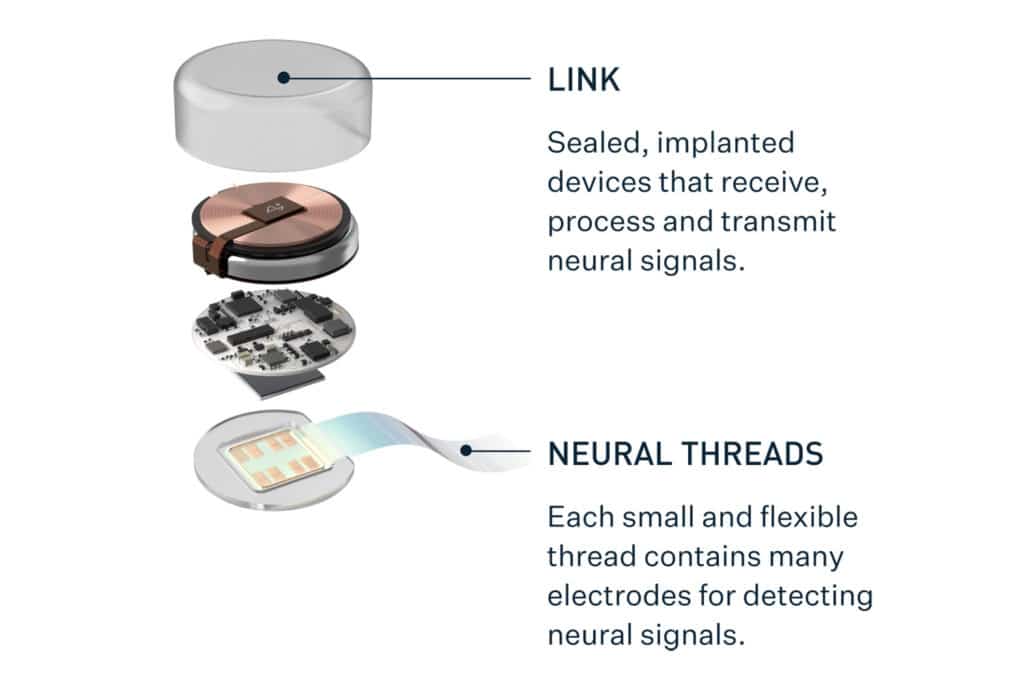Elon Musk’s startup Neuralink is developing a fully-implanted, wireless, high-channel-count brain-machine interface (BMI) with the goal of enabling people with paralysis to directly use their neural activity to operate computers and mobile devices with speed and ease. The startup has shown off the latest version of its brain-machine interface, which a monkey uses to wirelessly play Pong with its mind.
Last time, Neuralink had implanted one of its computer chips into the brains of pigs to demonstrate how they can record neural activity. These chips consist of an array of electrodes that record neuron activity patterns, which can then be decoded and converted into input commands for various devices.

Neuralink has posted a video on its YouTube channel that shows a monkey capable of playing a ping-pong video game, controlling it solely with the mind thanks to a neural implant. The experiment, shown on video for the first time, features a macaque monkey named Pager, who had the Neuralink chip implanted a few months before conducting the experiment. It enables Pager to move a cursor on a computer screen with a neural activity using a 1,024 electrode fully-implanted neural recording and data transmission device, termed the N1 Link.
They taught Pager to play some simple video games with a joystick while the N1 Link device recorded his brain activity. Once the company extracted enough information about how the video game activated the primate’s brain, they experimented with removing the joystick from the computer.
The video below shows that the monkey continues to play without a controller. The collected data was decoded by the computer to move the cursor along with what Pager was thinking. He was ultimately able to control an entire game of Pong, renamed to MindPong, purely with his thoughts.
Musk’s company ensures on its website that from this finding, a device could be created that would allow translating what a person thinks to move a cursor on a computer or mobile device. This would allow them to type emails and text messages, browse the web, or anything else that can be done with a computer, just by thinking about how they want the cursor to move.
The experiment moves Neuralink closer to its goal of one-day implanting humans with brain chips to assist with motor functions for people with paralysis. Elon Musk posted several updates on Twitter, where he said that the first commercial product, Neuralink, will allow a person with paralysis to use a smartphone using the brain faster than someone using thumbs.
At the same time, the ultimate goal remains the same – future Neuralink chips will be able to “heal” serious brain and spinal cord injuries, up to the restoration of full mobility of people.
